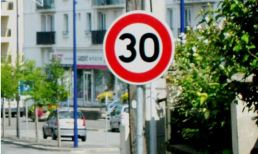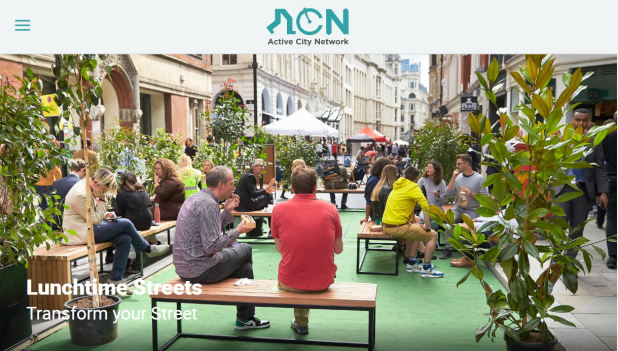
What is Lunchtime Streets?
Lunchtime Streets Chancery Lane. Tuesday 3rd – Thursday 5th September find out more below!
Lunchtime Streets is an event that removes motor traffic from a street over a lunchtime period, so people can enjoy their lunch in a safer and more pleasant environment.
Making the streets safer for people is key to both the City of London Corporation’s and the Mayor of London’s Transport Strategies.
We use this type of temporary project to measure the effects and perceptions of the local community when reducing traffic at a peak times, when most people are travelling on foot or bicycle will be key to making the streets safer. The results of the study may lead to future enhancements of the public realm.
It is also a great way to enjoy your lunchtimes. We welcome the involvement of local working, studying and residential community.



 The construction of a well-defined, broadly accepted agenda for New Mobility until the present time has been sadly lacking. But what we and a numb er of our international colleagues have managed to develop over the last two decades is a certain number of agreed basic principles spanning many different areas and kinds of operational situations, but somehow until now we have failed to put them all together into a well-defined, convincing operational and policy package. We think of this as the move toward a new paradigm for transport in cities – and it all starts with . . . slowing down.
The construction of a well-defined, broadly accepted agenda for New Mobility until the present time has been sadly lacking. But what we and a numb er of our international colleagues have managed to develop over the last two decades is a certain number of agreed basic principles spanning many different areas and kinds of operational situations, but somehow until now we have failed to put them all together into a well-defined, convincing operational and policy package. We think of this as the move toward a new paradigm for transport in cities – and it all starts with . . . slowing down.
 Why do we bother to do this year after year? After all, there is copious documentation and background available at a click, as a quick tour of Google of those three little words yields somewhat more than 55,000 entries, including a fair if distinctly uneven introduction in the Wikipedia article
Why do we bother to do this year after year? After all, there is copious documentation and background available at a click, as a quick tour of Google of those three little words yields somewhat more than 55,000 entries, including a fair if distinctly uneven introduction in the Wikipedia article 

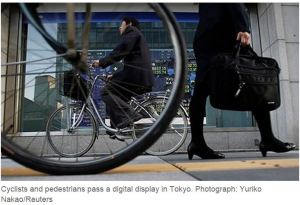
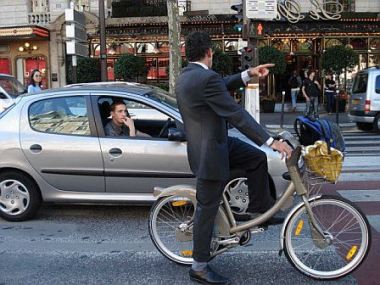

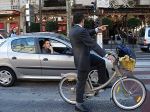 PARIS (Reuters) – France has started a six-month experiment with paying people to cycle to work, joining other European governments in trying to boost bicycle use to boost people’s health, reduce air pollution and cut fossil fuel consumption.
PARIS (Reuters) – France has started a six-month experiment with paying people to cycle to work, joining other European governments in trying to boost bicycle use to boost people’s health, reduce air pollution and cut fossil fuel consumption.

